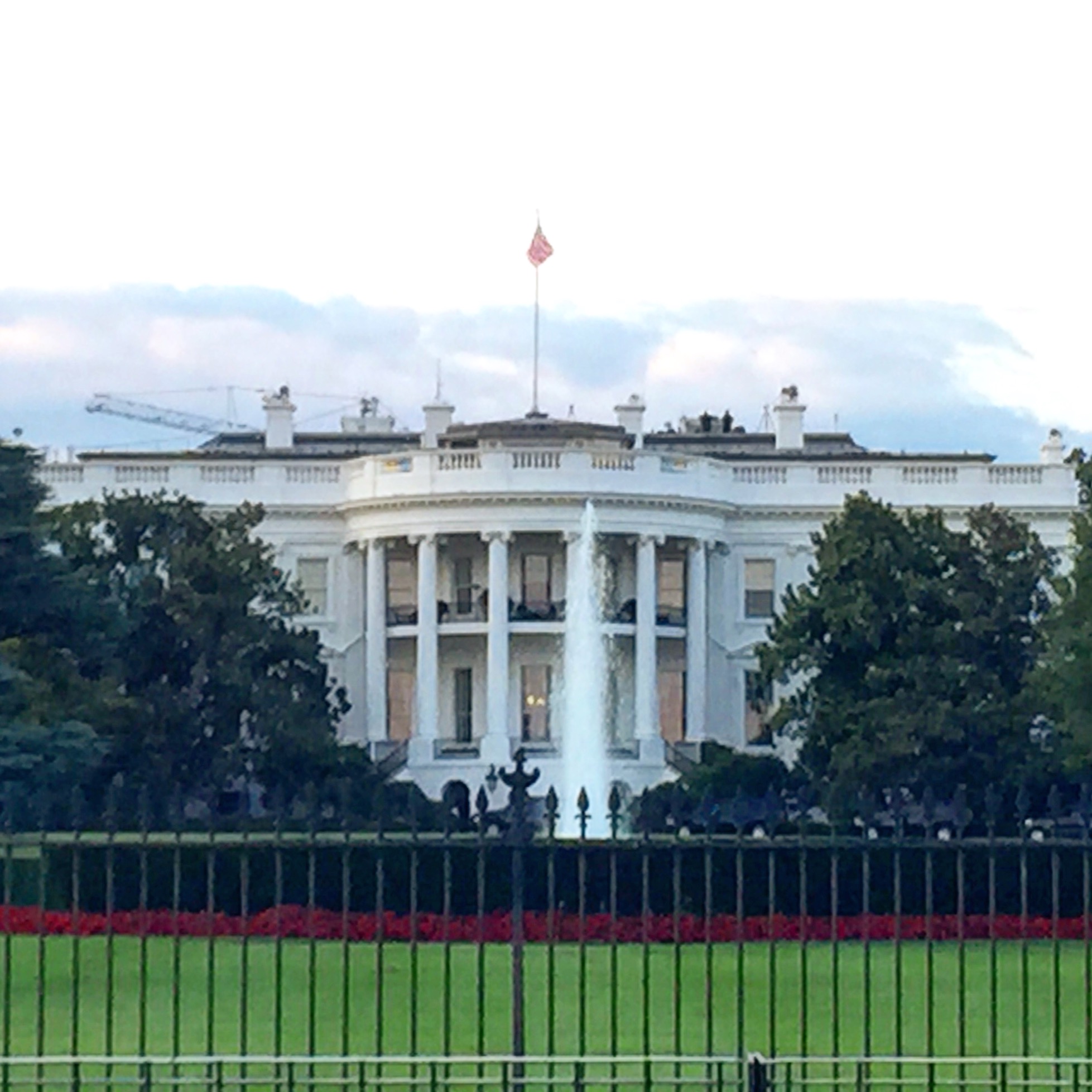 Political marketing expert Bruce Newman is available to speak about what political campaigns can teach businesses about effective marketing. Pictured is the White House in July 2015. (Photo by Wendy Smit)
Political marketing expert Bruce Newman is available to speak about what political campaigns can teach businesses about effective marketing. Pictured is the White House in July 2015. (Photo by Wendy Smit)CHICAGO
— The 2016 presidential election is less than a year away, and candidates are turning to technology more than ever to effectively brand, advertise and build relationships, according to DePaul University political marketing expert Bruce Newman.
Newman, a professor in the Driehaus College of Business, specializes in the field of politics. He has studied recent marketing shifts in the political world and how they can be applied to corporations, fundraising and nonprofits. Newman is the author of “The Marketing Revolution in Politics: What Recent U.S. Presidential Campaigns Can Teach Us about Effective Marketing,” due out in January 2016.
The Obama factor
“There was a paradigm shift that took place with the Obama campaigns in 2008 and 2012, and there is something for business to learn from what happened,” he said.
He likened the tactics of the Obama campaigns to that of a startup company that utilizes technology and big data to their benefit. “Because of new technologies, we now have the ability for any group or single person to create a startup. In the Obama campaign, there were 10 people sitting around the table, and the marketing person — who understood the advantages of big data — was in charge. He understood that they could use big data and analytics to do real-time changes in Internet advertising to appeal to their various audiences,” said Newman.
Newman described big data as massive silos of information that can be analyzed into meaningful statistical data and integrated into a company’s workflow. “For example, political organizations will go to every city hall and gather the records of how everybody voted in that district, that’s one silo of information,” he said.
“The Obama campaign actually went to the cable companies and found out who was watching what programs and for how many hours in Chicago, Las Vegas and other cities. They even asked about what magazines people were reading in those same areas,” he added.
According to Newman, once they gathered the silos on past political behavior, television viewership and lifestyle, the Obama campaign integrated all of the information into a statistical model with over 1,000 variables, so that at the touch of a button, they identified the key 3 million voters in the country they knew they needed to persuade from Republican to Democrat based on their persuasion score. They also shared the dashboard online for the people raising funds, doing advertising and volunteer networking.
“Unfortunately, corporations don’t do this; they’re too big,” he said. “Obama’s model is flexible; it’s five to 10 people around a table, not 30 to 100 people in a department. Every decision that’s made strategically is based on measurable information.”
Changes in the 2016 presidential election
In the early stages of the 2016 presidential election, Newman said it is hard to ignore the success of Donald Trump. “The fact that Trump, unknown politically, can bring 30,000 people together in a stadium is remarkable. How does that happen overnight?” he asked. “Social media.”
Trump isn’t the only one taking advantage of all that social media has to offer now. “Ben Carson has raised millions of dollars from people who give no more than $100 each because of the use of social media,” he added.
Newman said that the biggest change during the 2016 election is that information is being consumed more on mobile devices. “We are moving to a mobile society, and that’s moving to wearable technologies. We can now fine tune a message of any candidate down to individual voters who live in certain areas and fit certain profiles.”
He noted that companies need to be adaptable to changes in technology and social media platforms like these that give them the ability to define their narrative for their brand and product.
The power of branding
Newman said Trump’s success is similar to Obama’s in that they are both “riding a movement — an anti-establishment movement.”
He noted that Trump understands the power of branding and is able to connect with “outsiders” who want to see change. “We now live in an environment where you don’t have to be an insider. In fact, it might not be to your advantage to be perceived as an insider,” Newman said.
“Who do we need to lead the nation? Do we need someone who understands the subtle nuances of every political issue? The job of any leader is to instill inside the average citizen the sense that they can make life better,” he said.
“What Obama proved to people is if you have a good narrative, you can push that in many different ways. Companies have to cultivate that story with consistent messaging and the integration of media. It’s having the same brand identity on TV, in print, and on social media,” Newman said.
Newman’s book, “The Marketing Revolution in Politics: What Recent U.S. Presidential Campaigns Can Teach Us about Effective Marketing,” will focus on how the campaigns have adopted the latest marketing techniques and how organizations in the for-profit and nonprofit sectors can benefit from their example.
###
Source:
Bruce Newman
Media Contact:
Wendy Zamaripa Smit
312-362-7749